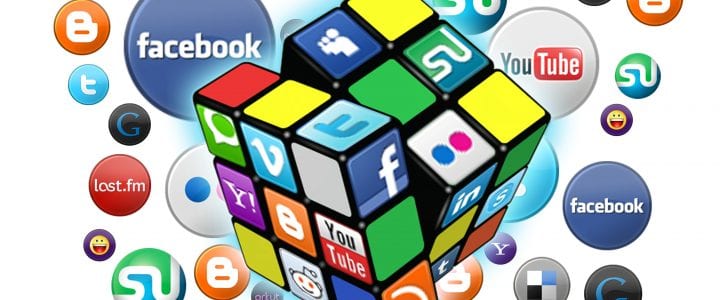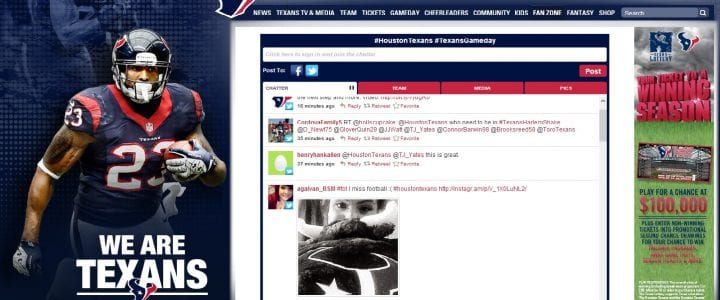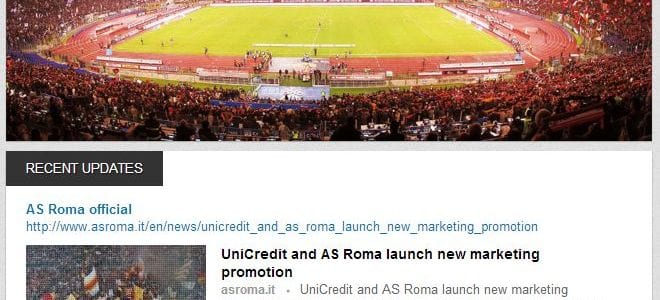by Ken Troupe – March 2013
Last month we talked about the importance of laying the foundation for your personal brand. Now let’s turn to the tools of the trade to communicate your personal brand online.
[dropshadowbox align=”right” effect=”lifted-both” width=”250px” height=”” background_color=”#ffffff” border_width=”1″ border_color=”#dddddd” ]Twitter allows for another channel of communication with your customers outside phone calls, email, direct mail, or face-to-face meetings.Secondly, it gives the opportunity to build your personal brand by

sharing relevant and exclusive content others normally would not have access to.[/dropshadowbox]If you are not on Twitter, start today. Why? Because Twitter is the greatest customer service tool since the hand shake. A few rules and tips:
Rule #1. Twitter is a business tool. Twitter is not a place for you to give life updates on your kids, friends, and hot sports opinions…….leave that kind of stuff on Facebook (more on that later).
Rule #2. Don’t Tweet original content. At first you have no voice. You need to develop followers. How?
- Get started by following people that do have something to say and start to retweet them.
- Find interesting articles relevant to your job or sports business niche and retweet them.
- Take part in sports business Twitter chats like #social4tixsales, #sbchat, #sportsprchat, among others.
Within these Twitter chats you can begin to develop your voice by taking part in the conversation. You are answering questions and engaging one-on-one with other sports industry pros. Too many treat Twitter as a monologue instead of a dialogue. There is a difference.
- Commit to being active on Twitter. Nothing kills your personal brand faster than a Twitter account with zero activity.
[dropshadowbox align=”right” effect=”lifted-both” width=”250px” height=”” background_color=”#ffffff” border_width=”1″ border_color=”#dddddd” ]

When I look at a Twitter or LinkedIn page for someone in the sports industry, I may have a desire to learn more about their reach. However I’m also using the page as a window into their professional conduct. If you’re looking at a page that isn’t completely built out, has basic grammatical errors or even immature content, it’s typically a direct reflection of how that person goes about day-to-day life. I gravitate towards those who take their social media branding as seriously as their resumes and direct interpersonal communication.[/dropshadowbox]LinkedIn may be the number one social media site for learning how to do your job better and proving to others you know what you are doing. LinkedIn is so big we could do an all-day seminar, but I’ll hit the highlights.
Your profile
If someone Googles your name, your LinkedIn profile shows up near the top. What does your profile say about you?
- Is it complete?
- A complete summary section?
- List all your past jobs and a little detail of what you did?
- Are you using the “skills and expertise” section?
- Any recommendations?
- Updated contact information?
- A professional looking photo?
Groups
With your profile ready, head to the “Groups” section. Join industry specific groups like “Ticket Sales Best Practices,” “Ticket Sales & Technology,” or “Sports Marketing 2.0,” among others. Within these groups you start to build your brand.
Watch the conversations and start to take part. Avoid offering wild or opinionated comments at first. Keep early interaction pretty vanilla. Once you have a little “street cred,” spread your wings to engage and offer divergent opinions.
Career Insight
LinkedIn is a great place to seek advice from people with a job you’d like to have one day. Ask their advice. You will be surprised how open some sports industry vets are if you just ask.
Here’s the thing about our old social media friend Facebook: Facebook is great. A great place to stay in touch with friends and family. To read and comments on all those cute kids’ photos, updates on meals, and whatever else in on their minds. I love it. But, I really don’t think it is essential part of building your “professional” personal brand.
Facebook is, however, a place to quickly undo all your personal branding efforts.
My advice? Especially for young people entering or wanting to enter this business? Keep it clean and simple. No need posting photos drunk at parties or posts using bad language. Good rule of thumb: If your mom would not approve, odds are other adults won’t either. And these other adults are hiring managers or work in human resources.
Start Now!
Developing your personal brand means so much more. But if you take just one thing away from this:
Your Personal Brand is Important!
Start developing yours today.







 Senior Manager
Senior Manager





